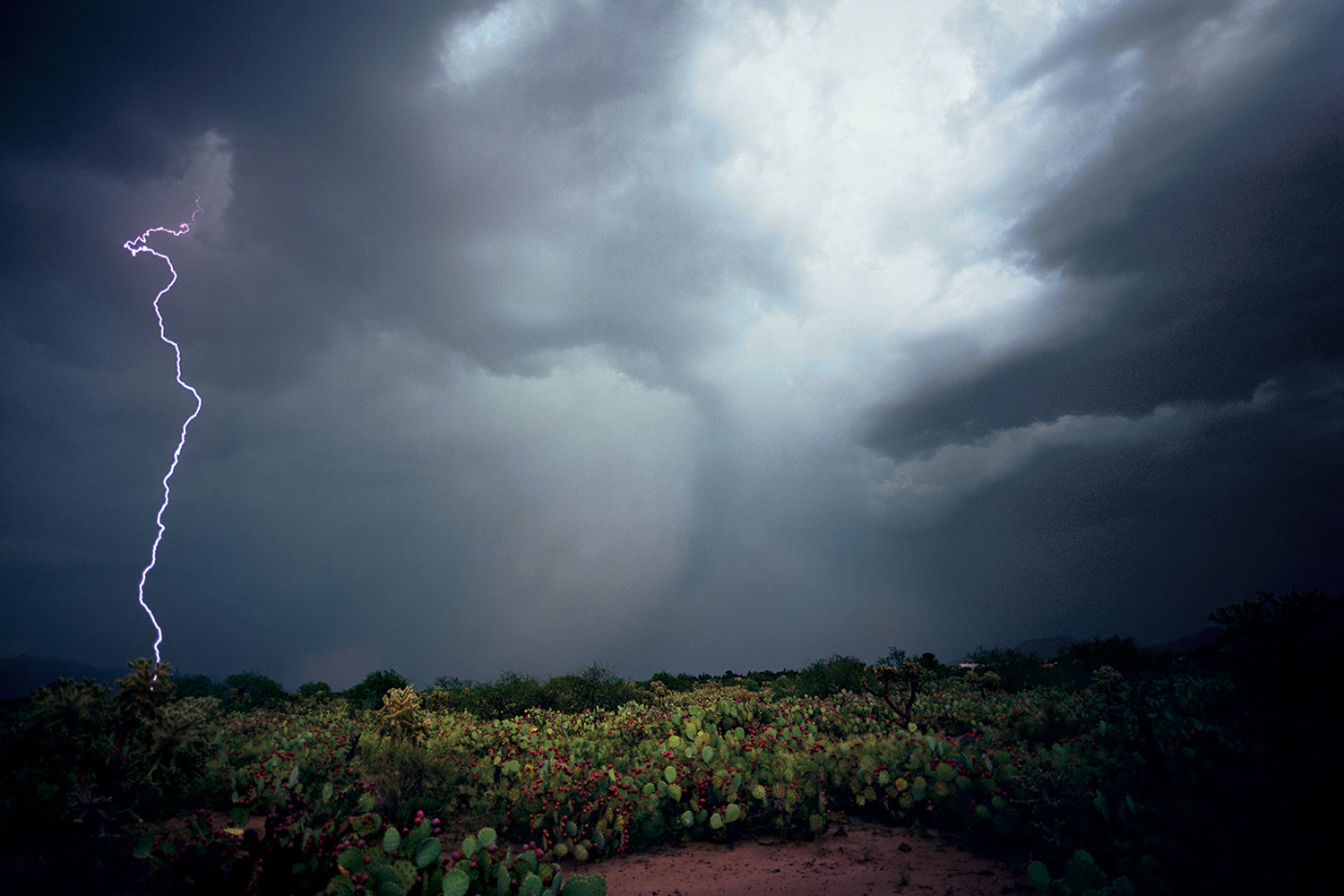Science is always evolving. Climate science experienced great leaps forward during the 20th century, largely due to computers and the work of many leading researchers. Before 1896 no one had proposed a theory describing a cooling or warming of the earth, thus with his 1896 publication, Svante Arrhenius was the first to propose the theory of global warming. He found nothing to explain the forcings of the glacial epochs, there was no current understood mechanism that would explain these climatic transitions, but he knew they existed and that something was causing them. However, this landmark publication set the scene for a 20th century full of progress in understanding how the global climate fluctuates and changes.
In the 1930s, the Serbian Milutin Milankovic published about climate forcings due to changes in the earth’s relationship to the sun describing changes in the earth’s axis and elliptic orbit every twenty one thousand, forty one thousand and one hundred thousand years. Milankovic’s work provided the mechanism that Arrhenius had described to force the climate into and out of ice ages (eccentricity being the main driver over the past one million years). Milankovic was able to build on the work of James Croll and use glacial varves present in sediment deposits to correlate celestial events in relation to the earth. Milankovic’s work was crucial in advancing knowledge about paleo climates and thus allowed researchers to dive deeper into the past.
Edward Lorenz looked at much finer scale events in comparison with Milankovitch. In 1965 Lorenz used his computer model to show that small changes in one of his 28 variables in the fourth decimal place (and smaller) could have implications for future weather in as little as days, meaning that small changes in climate models have large implications. These models attempt to reconstruct nature using a computer as a predictive tool, but his observation was important nonetheless. This not only showed the importance (and need for further investigation) of computer models, but also provided a hypothesis as to how the climate could react given small (and seemingly insignificant) human inputs.
Any discussion on climate computer models is not complete without James Hansen. During his time with GISS, Hansen became the most famous climate scientists of the 20th century. Hansen and his team were able to maintain one of the leading models of the earth’s climate systems. Among other accomplishments, Hansen was able to correctly model how the earth’s atmosphere would react in the face of the 1991 Mount Pinatubo eruption. Hansen predicted that the earth’s climate would take several years to eliminate the cooling aerosols pumped into the atmosphere by the volcano. In his 1996 publication he confirmed that his predicts had indeed come to fruition, that the earth’s global average temperature did not return to pre-Pinatubo eruptions until 1995.
Weart describes all of this and more in his book “The Discovery of Global Warming”. Over the progression of the timeline above (the Weart’s book) we moved from a vague understanding of global warming with Arrhenius to the complex computer models that have helped to produce our current understanding of future warming trends. Over time, we found smaller scale changes because better techniques and equipment were developed to measure small changes in climate, such as volcanic activity, ENSO events, and other oscillations. These methods have allowed scientists to more precisely determine climate forcings (such as a medium-sized volcanic eruption) instead of speaking in broad terms about large-scale orbital forcings.
Weart seemed to focus a great deal of his book around the importance and history of GCMs (both general circulation models and global climate models). This originally surprised me, but I came to realize the true importance of these models and how effective they can be in helping to predict the future. Current climate science relies on these models to help us understand how the world will be impacted by anthropogenic emissions decades into the future. These models are especially important as we begin to plan on climate adaptations in helping governments and the global community predict where climate change is going to impact the greatest number of people.
Some sources and further reading:
Arrhenius, Svante. “XXXI. On the influence of carbonic acid in the air upon the temperature of the ground.” The London, Edinburgh, and Dublin Philosophical Magazine and Journal of Science 41.251 (1896): 237-276.
Hansen, J., et al. “Global surface air temperature in 1995: Return to pre‐Pinatubo level.” Geophysical Research Letters 23.13 (1996): 1665-1668.
Hansen, James, et al. “Potential climate impact of Mount Pinatubo eruption.”Geophysical Research Letters 19.2 (1992): 215-218.
Lorenz, Edward N. “A study of the predictability of a 28‐variable atmospheric model.” Tellus 17.3 (1965): 321-333.


